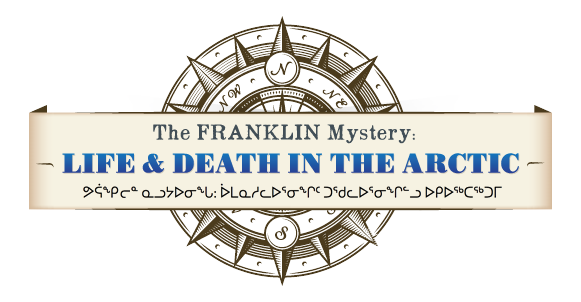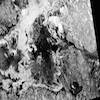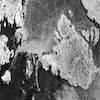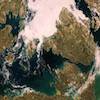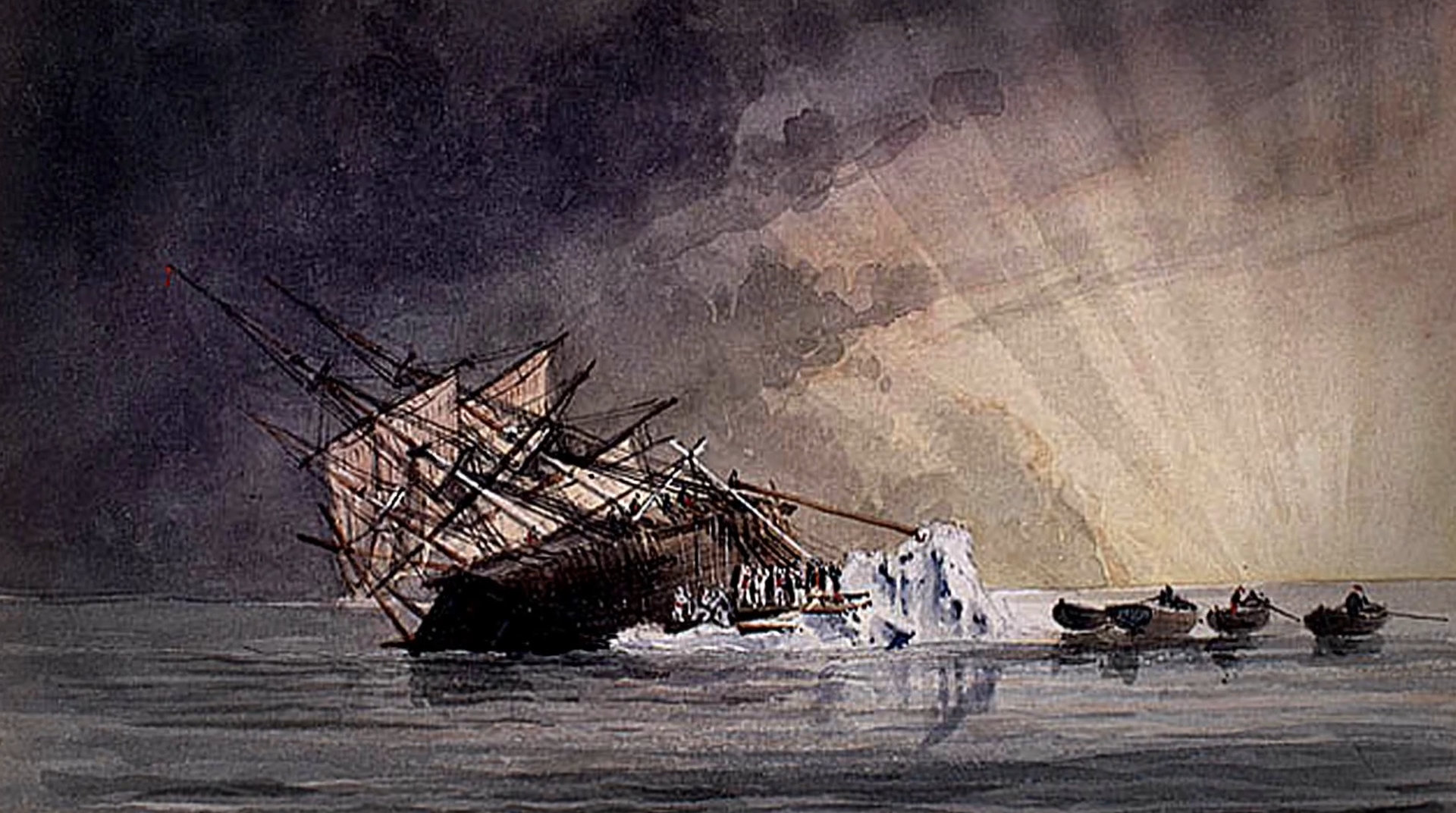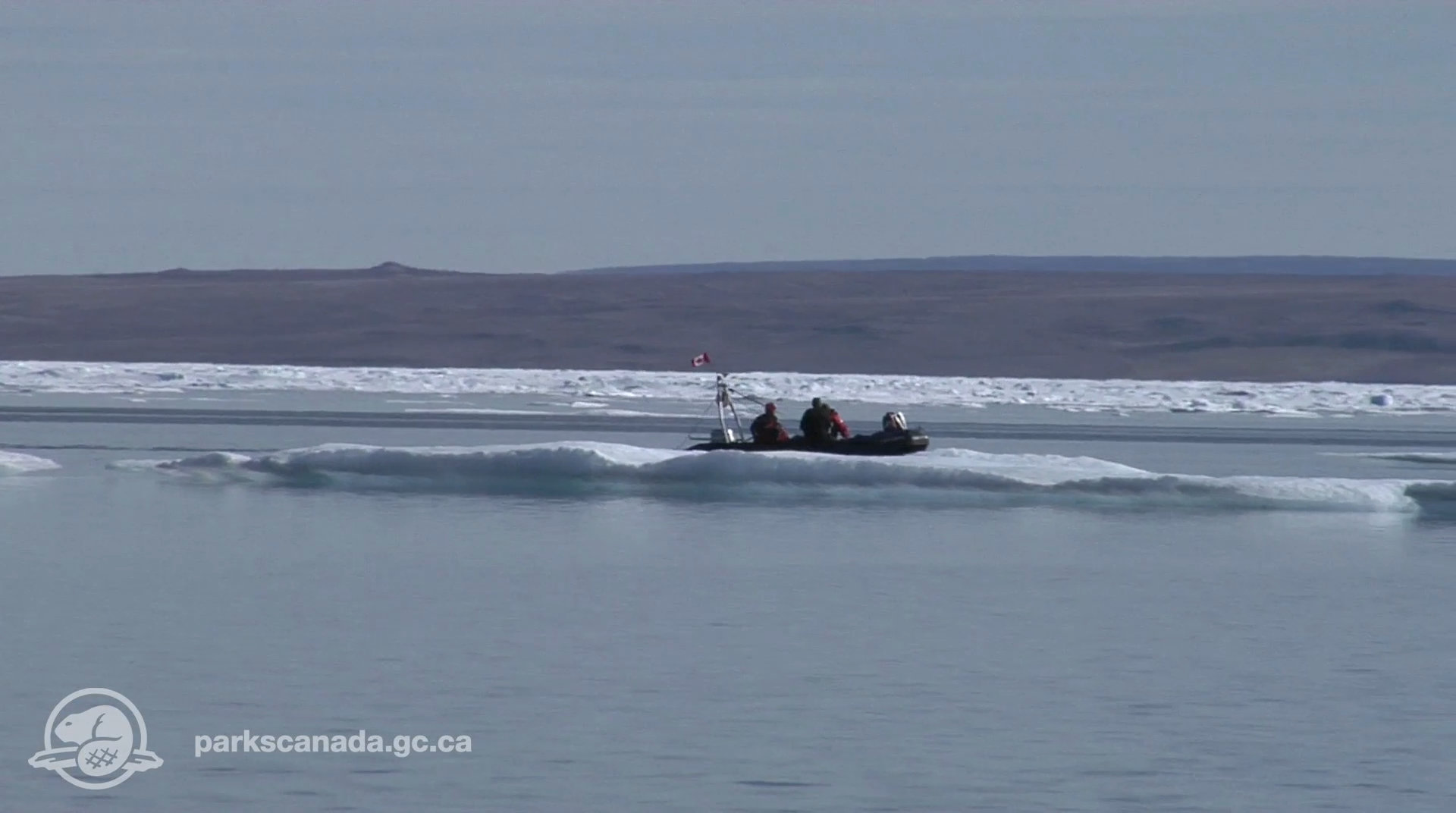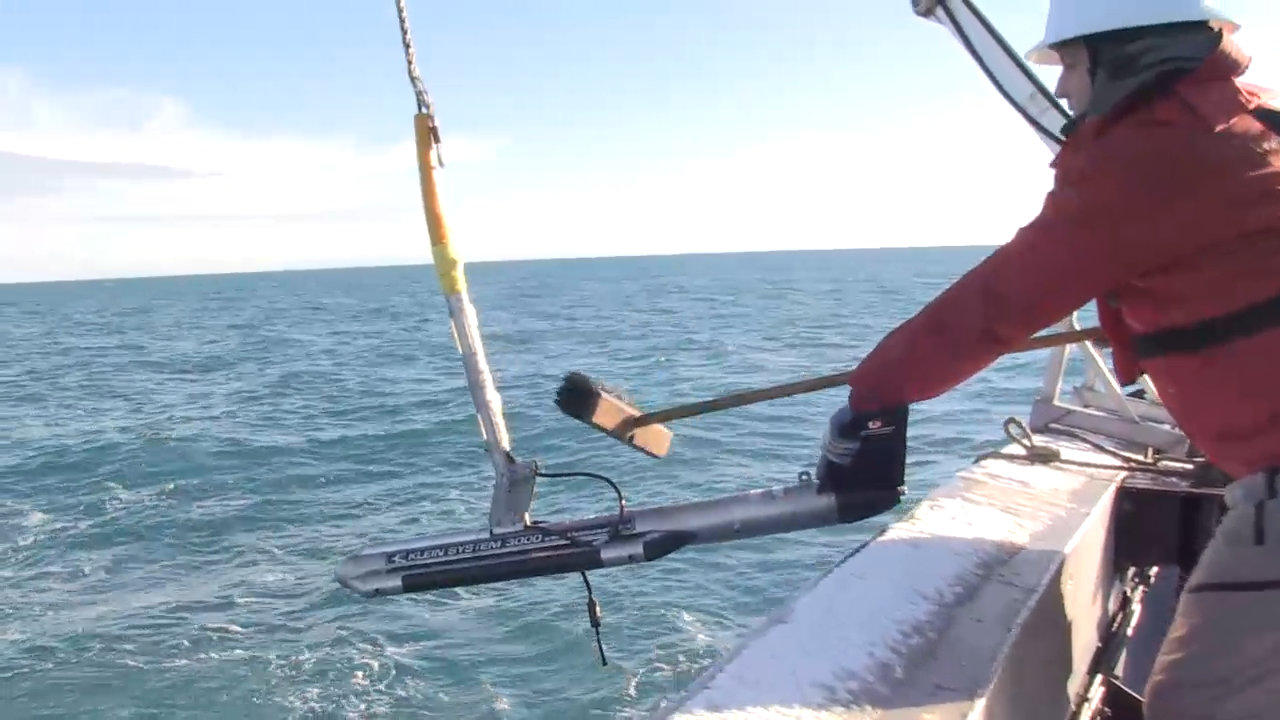The Mystery Continues
The mystery of the Franklin Expedition has become a national obsession and recently caught the world's attention! In 2008 Parks Canada, the lead federal government agency responsible for Canada`s cultural and natural heritage of national significance, revived the search for the missing ships in collaboration with the Canadian Coast Guard and other agencies. The mandate for its involvement flowed from the designation, by the responsible Minister, of the wrecks of the missing ships Erebus and Terror as a national historic site – the only national historic site of Canada that had never been found up to that point in time. In his speech from the throne in Parliament in 2013 Governor General David Johnston announced that finding the ships was a priority of the Government of Canada under Prime Minister Harper.
In early September 2014 efforts to locate the missing ships were rewarded by an astonishing discovery west of O’Reilly Island in the Queen Maud Gulf to the southwest of the Adelaide Peninsula. At that time a team of Parks Canada underwater archaeologists, working with other partners including the Government of Nunavut, the Canadian Coast Guard, Royal Canadian Navy, and Environment Canada and private partners (the Arctic Research Foundation, Canadian Geographical Society, The W. Garfield Weston Foundation, One Ocean Expeditions, and Shell Canada), found the remains of HMS Erebus resting on the bottom of the ocean. They found the ship’s hull largely intact and in a remarkable state of preservation in the icy arctic waters. Before the end of viable navigation in mid-September Parks Canada’s archaeologists made several dives to the submerged wreck. Discovered on the top deck was the ship’s brass bell and this valuable artifact was retrieved. Clearly visible on its surface was the embossed date: “1845”.
As discussed in the 9 September 2014 Toronto Star article, a key find that led searchers directly to the wreck was the Sir Wilfrid Laurier’s helicopter pilot Andrew Stirling of Transport Canada’s discovery, while assisting the land-based archaeological search, of an iron davit on the shore of one of these islands. Realizing that such a heavy object was unlikely to have been deposited very far from the ship it belonged to, the underwater archaeologists immediately shifted their side-scan sonar search with Investigator to the waters surrounding the island. On 7 September 2014 they found the hull of a wooden ship in 11 metres of water near this small island. It proved to be HMS Erebus.
Different observers have compared the finding of the Erebus to the discovery of the Titanic or Tutankhamun’s tomb and others have called it the archaeological discovery of the century.
In what ways is the twenty-first century search different from the nineteenth Century search? In what ways is it the same? Why is the mystery so important after a century and a half that it would become a national priority? What is Canada’s federal government aiming to accomplish through the search for the missing Franklin ships? To what degree does it represent an interest in the country’s tangible heritage, concerns over Canadian sovereignty, economic considerations relating to the Arctic’s natural resources, or other possible factors? Examine these documents and then compare your ideas to those of the experts in the Interpretations section which responds to this question.

